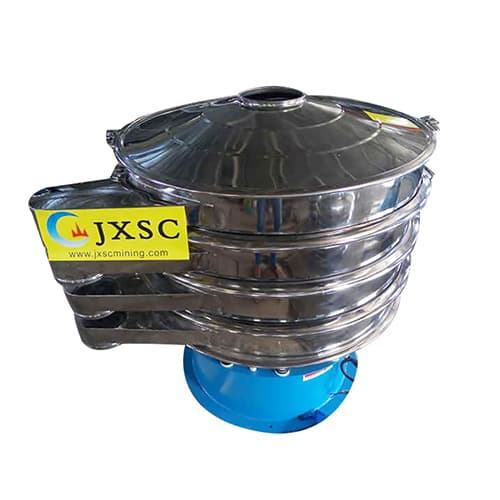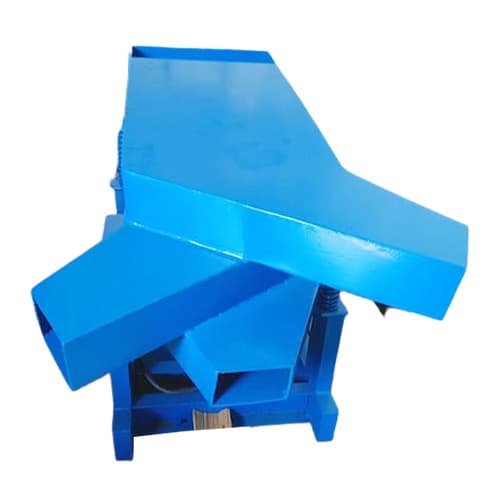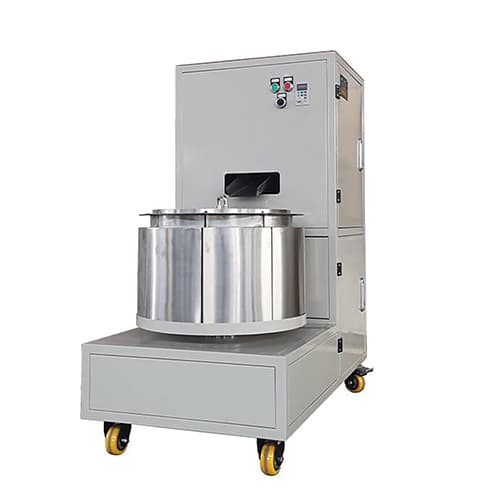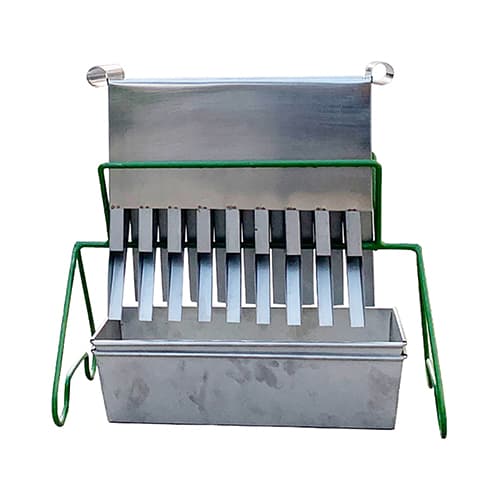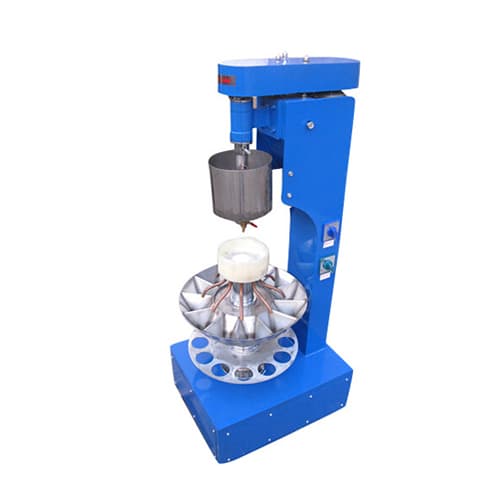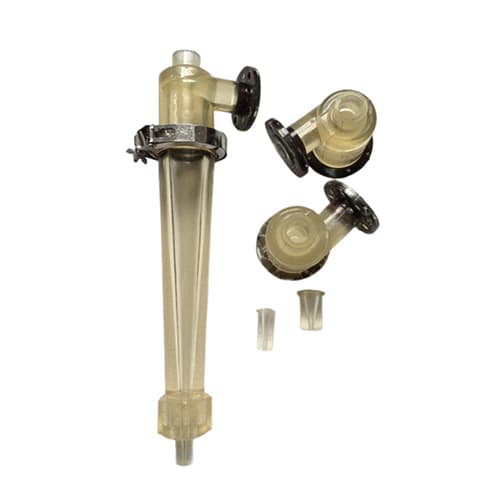what is it
Laboratory Sieve Shaker
Popular Models: 911MPELMS-75, 911MPELMS-200, 911MPELMS-300, 911MPELMS-450, 911MPERP200
Feed size: 0-5mm
Application: It is often used to determine and evaluate the particle size distribution of granular materials and powders, including solid materials in industries such as pharmaceuticals, food processing, building materials, cosmetics, agriculture and geology.
Description
Sieve shaker or sieving machine is laboratory equipment that uses a series of sieves with mesh openings of different sizes to separate material into fractions of different sizes. It is commonly used in quality control and research laboratories to determine the particle size distribution of samples, including sand, soil, aggregates, pharmaceutical powders, etc. Samples analyzed by the sieve shaker remain intact and can be used for other tests or purposes. It helps characterize the physical properties of materials, study the behavior of particle mixtures, and evaluate the effectiveness of processes involving size separation. Additionally, sieve shaker offers a cost-effective solution for particle size analysis, especially when processing large samples.
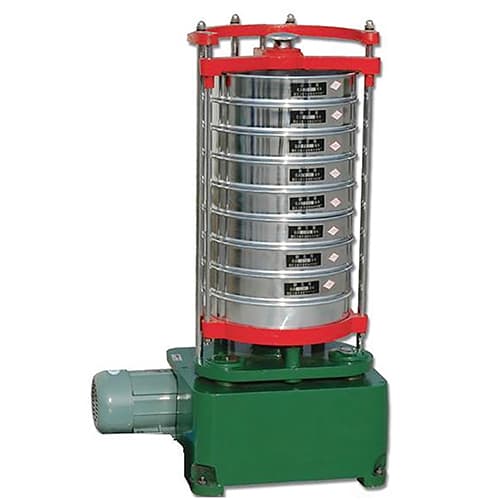
Advantages
Efficient particle size analysis
The sieving machine can quickly separate particles into various fractions based on size using a series of sieves of different mesh sizes.
Save time
Sieve shakers automate the sieving process, allowing multiple sieves to be stacked onto the machine compared to manual sieving. Different samples can be tested simultaneously in a short time, which also improves productivity.
Customizable
This sieve shaker can use different types and sizes of sieves to meet specific requirements or industry standards.
Accurate and consisten
Our sieve shaker complies with various international testing standards, ensuring the accuracy and comparability of results across laboratories and industries.
Principle
The sieve shaker consists of a stack of sieves stacked on each other, with the largest mesh size at the top and progressively smaller mesh sizes below. In which the sample is placed on the top screen and a vibrator applies an oscillating or tapping motion to the stack. This movement causes the particles to move and pass through the openings of the sieve according to their size. Larger particles remain at the top, while smaller particles pass through to the lower layers. Weigh or measure the amount of material retained on each sieve to determine the particle size distribution of the sample.
Specification
| Sieve Diameter | 200mm | Sieve layer Height | 400mm | Radius of Gyration | 12.5mm |
| Shaking Times | 221times/min | Vibrating Times | 147times/min | Vertical Vibrating Distance | 5mm |
| Timing Range | 0-60min | Motor Power | 0.37KW | Voltage | 380V |
| Dimensions | 580×380×900mm | ||||
| We also provide Ro-Tap Sieve Shaker | |||
| No. | Item | Unit | Data |
| 1 | Sieve Diameter | mm | 200 |
| 2 | Sieve Layer Nos | layer | 7 |
| 3 | Sieve mesh | mesh | 20-200 |
| 4 | Shaking Times | times/min | 290 |
| 5 | Hammering times | times/min | 156 |
| 6 | Tapping Distance | mm | 30±6 |
| 7 | Motor Power | Kw | 0.37 |
| 8 | Motor Speed | rpm | 1400 |
| 9 | Voltage | V | 380 |
| 10 | Weight | Kg | 150 |
| 11 | Dimensions | mm | 933×432×785 |

